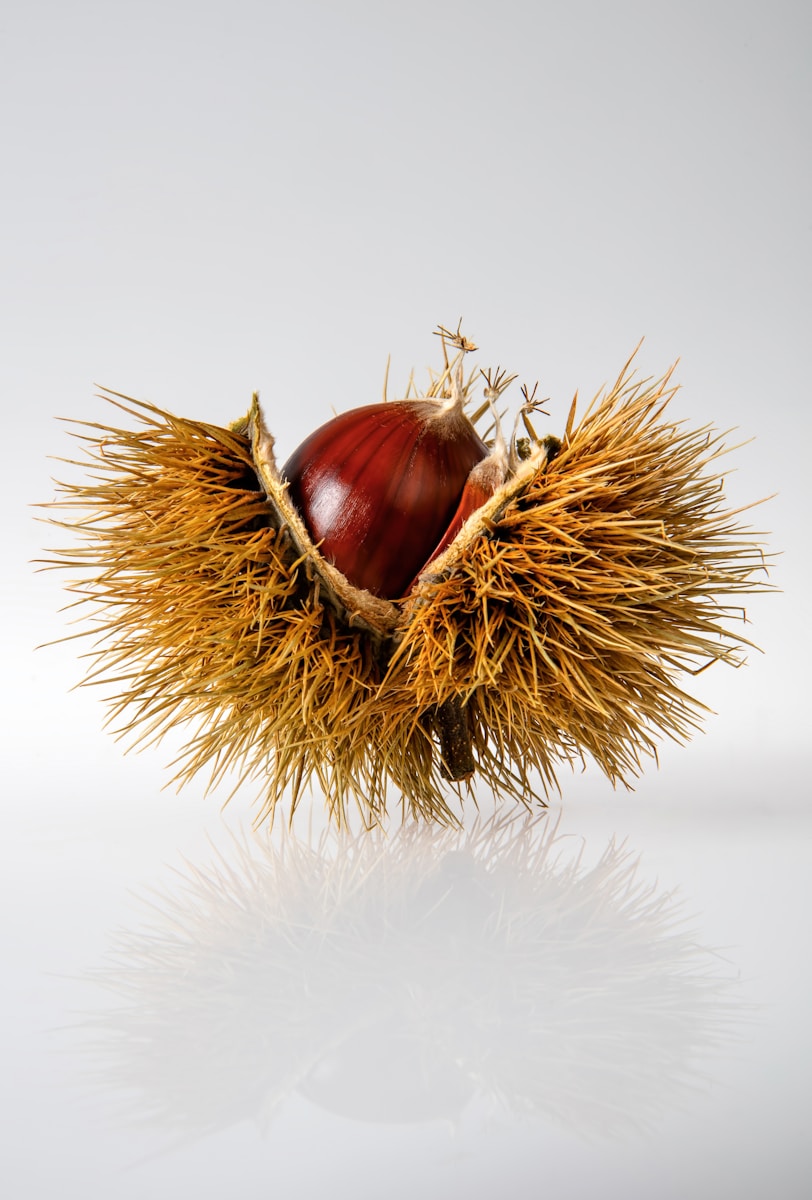Mature American Chestnuts. They used to be so widespread in Eastern America, but your chances would be very close to zero if you try to find one now. So what happens to them? What could’ve caused such a mass extinction?
Before the 1800s, the American Chestnut (Castanea Dentata)‘s native range extended from Maine and Canada to the bottom of Mississippi and Florida. This range covers more than 23 states and comprises many of the United States’ natural forests. The chestnuts produced food for the Indians (Native Americans) living there because they are rich in calories, vitamin C, and antioxidants, and the tree itself provided high-quality wood for many generations.
The sickness is a fungal infection spread by spores that lodge into the tree. The American Chestnut is the most vulnerable, followed by the European Chestnut. The most immune species is the Chinese Chestnut (Castanea Mollissima). The fungi were discovered in the New York Zoological Park in 1904 and, in less than 50 years, continued to kill off American Chestnut trees until they became virtually extinct in the wild. The early symptoms of the disease are yellow and brown wilted leaves. After a while, a canker (a pretty common symptom when a tree has a fungal disease) appears. This fungi (Endothia parasitca) will live in the tree for a while before sending out pustules that appear on the bark. The pustules carry the fungi and are spread to other vulnerable trees by wind, rain, and sometimes animals.
Many organizations, including TACF (The American Chestnut Foundation), are trying to rebuild the American Chestnut population. Currently, the TACF strives to breed resistance into the tree by breeding resistant hybrid trees into American Chestnuts. This currently results in a 94% American Chestnut resistant to the Blight, thanks to distant Chinese Chestnut genes.
Related Articles:
https://tacf.org/history-american-chestnut
https://forestpathology.org/canker/chestnut-blight
https://en.wikipedia.org/wiki/Chestnut_blight
https://www.fs.usda.gov/Internet/FSE_DOCUMENTS/fsbdev2_043617.pdf
https://www.esf.edu/chestnut/background.php
Take Action:





